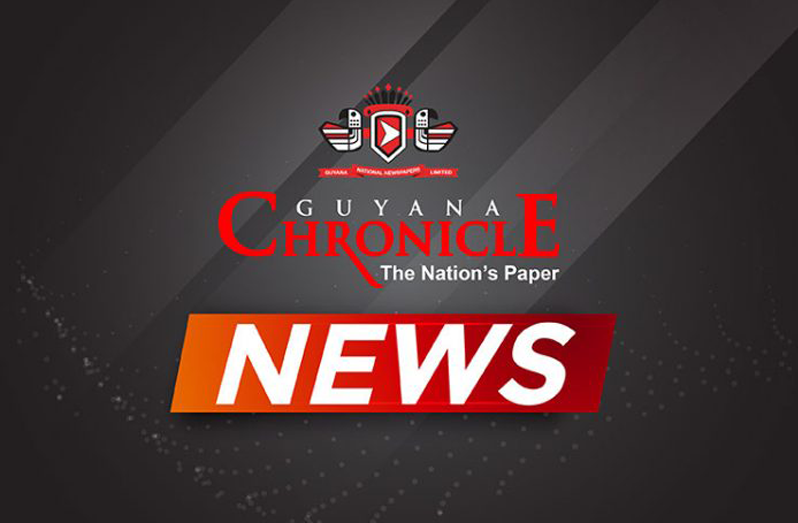WATER rationing is looming closer as drought-like conditions from the prevailing El Nino phenomenon take hold across the country and the government ratchets up measures to ease the impact.
Head of the Presidential Secretariat, Dr. Roger Luncheon, yesterday told his weekly post-Cabinet press briefing that communities on the coast and in the hinterland are affected in several ways and the need to conserve on water supply is paramount.
The Cabinet Secretary noted that the potable water supply in Georgetown is dwindling and usage cannot remain as usual.
“Ultimately, conservation would come to play a bigger role as the situation unfolds”, he cautioned.
He said hundreds of communities in the hinterland are hit and while much has been done, “much more has to be done” to help those affected.
Funds will have to be made available to dig deeper wells and get water from aquifers not available with the shallow well system, he told reporters.
He said communities have also been asking for assistance to deal with food security and health considerations as water shortages impact on the quality of life.
Food and support for clean water and sanitation, disinfectants and other items, would be a big part of the interventions in the hinterland communities, he stated.
As long as the drought-like conditions prevail, the availability of water cannot be guaranteed and the authorities will ultimately have to look at limiting usage, he said.
Deeper wells have to be dug in some hinterland villages where water in shallow wells, streams and other waterways has become insufficient to meet the needs of communities and crops and livestock farmers, he said.
Luncheon said there is a twin strategy of managing available water and distribution, but conservation will ultimately have to play a bigger role in the national response.
He noted that communities across the country are caught in the throes of El Nino conditions and that President Bharrat Jagdeo and Cabinet Ministers are visiting affected areas to meet residents, farmers and others to discuss the serious situation and address and alleviate the impacts.
The water shortage is also affecting households in some villages and some urban areas, he reported.
The government has so far allocated $258M to cushion the effects on agriculture and more interventions are to be made in the sector.
Responses have included trucking and shipping potable water to affected villages, diverting irrigation canals to farmlands, including rice and sugar fields,, and round-the-clock pumping to water vast acreages of crops.
Luncheon said that in keeping with the government’s pledges, there will be budgetary support for affected communities and the beleaguered economic sectors, particularly agriculture.
On the coast, Georgetown presents a “classic example” where the contribution of surface water to the potable supply is dwindling and “we are going to have to look squarely at conservation in making what is there do for all of us and for longer periods, and that automatically means usage cannot be as usual”, he stressed.
He said that as long as the drought situation prevails, water availability is not guaranteed and “we have to ratchet up the different interventions that have to be made. Ultimately, we will be looking at conserving water and limiting its usage”.
Water rationing closer as drought takes hold
SHARE THIS ARTICLE :
Facebook
Twitter
WhatsApp




.jpg)










